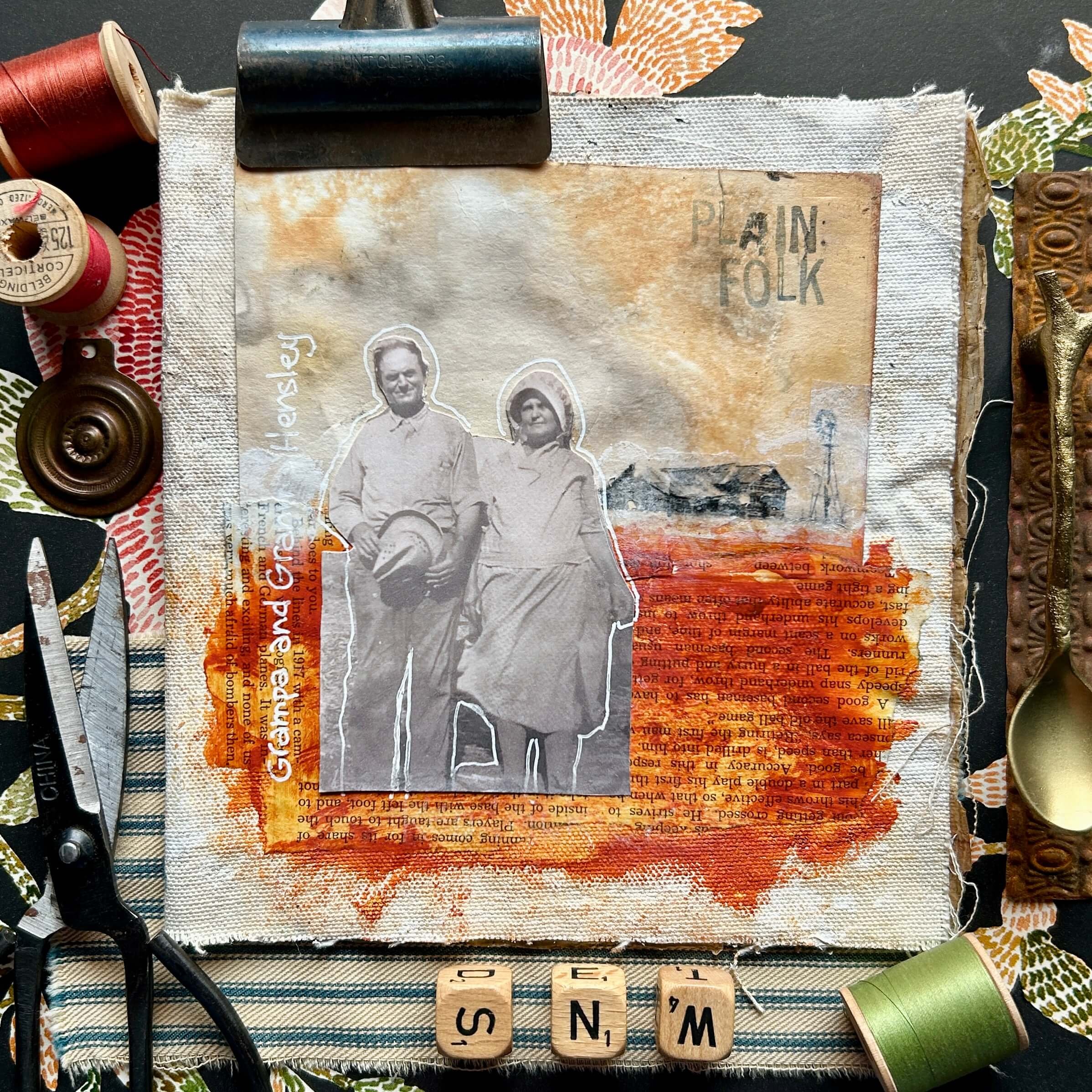1. A gentle headline
Short. Honest. Clear. Something like:
A little gift to help you start your tiny stories.
or
Begin your tiny stories with one simple spark.
or
Five small prompts to help you make art that matters.
Pick the one that feels most like you — or I can refine.
2. A warm, personal sentence or two
Not too long.
Think of it as sitting across the table from Nancy, handing her this printable.
Here’s a draft in your voice:
If you’re here from Instagram, welcome.
I made this free guide to help you pull a story out of your scraps — one memory, one moment, one tiny piece at a time.
or another option:
Sometimes we just need a nudge to begin.
These five sparks are the ones I use when I want my art to feel personal and worth keeping.
I hope they help you start something small and meaningful.
Either one works beautifully.
3. One image (optional but recommended)
Something simple:
A tea bag piece
A Tiny Stories page
A stack of scraps
Your stitched paper
Your hands holding a tiny collage
It should visually whisper:
“See? This is what your memories can become.”
Nothing heavy or overly styled.
4. The Flodesk form (front and center)
Embed your Flodesk form directly on the page.
Above the form, add a small line:
Enter your email below and I’ll send your free guide right away.
Again — clear, calm, friendly.
5. A tiny nudge at the bottom
This helps those who scroll:
I send a newsletter twice a month with new tiny story ideas, art prompts, and ways to use what you already have.
You’re always welcome to be part of it.
This sets expectation and feels like an invitation, not pressure.
6. Optional: Two tiny buttons under the form
Only if you want them — keep them small and quiet:
See my art → link to your shop or gallery
Learn with me → link to your course page
These catch curious visitors without distracting from the signup.
